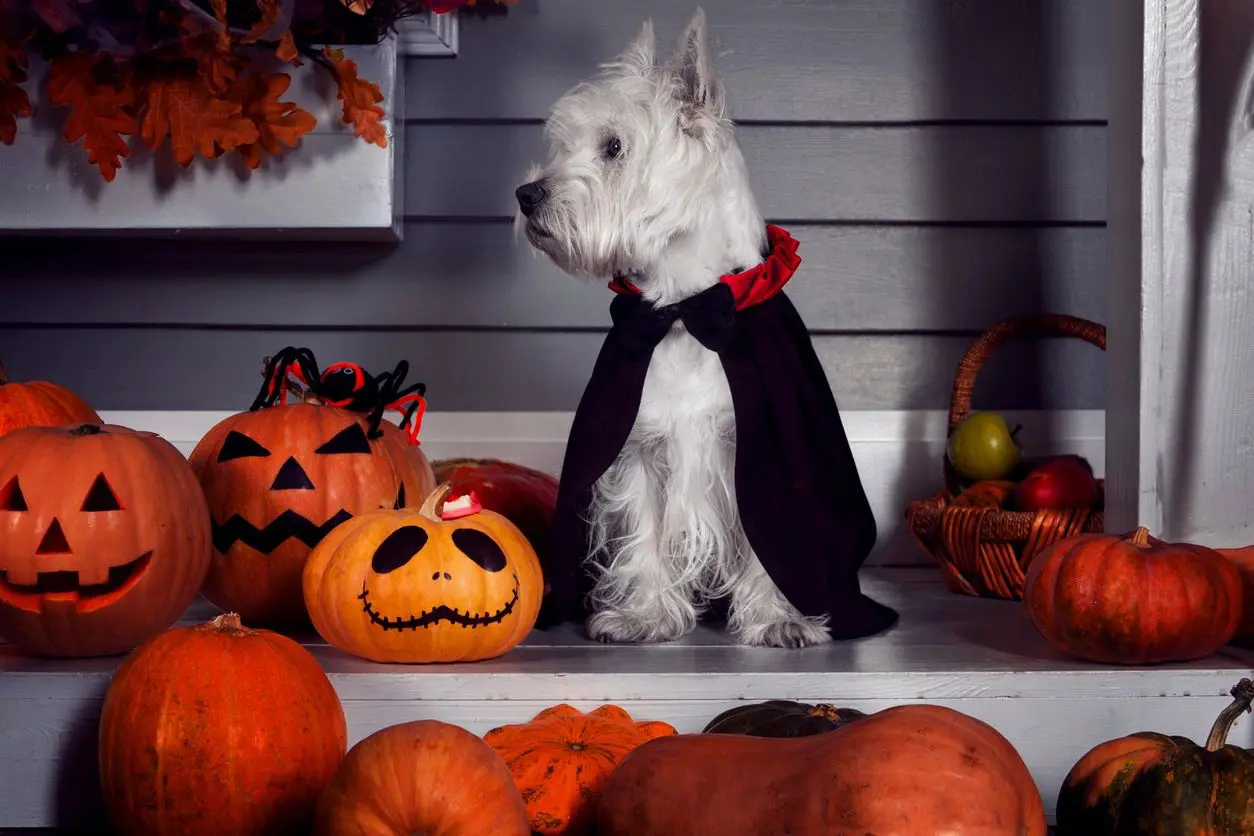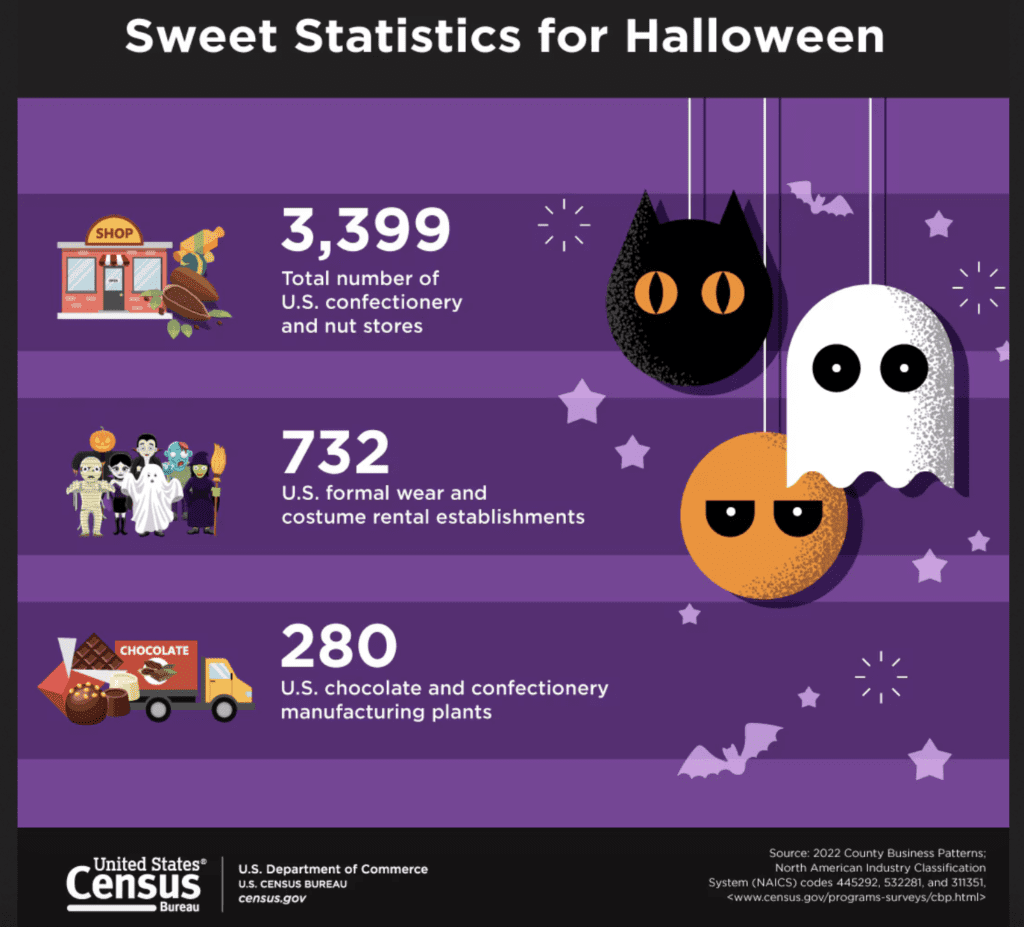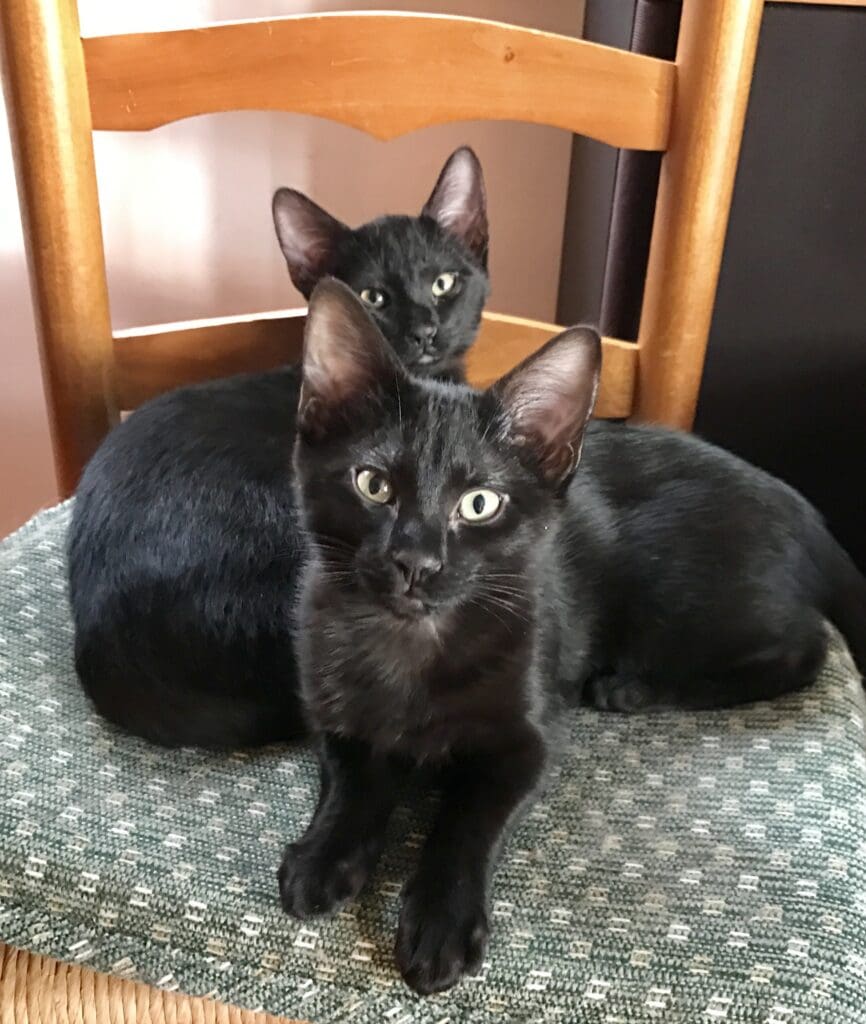Search Posts
Recent Posts
- Rhode Island Weather for June 15, 2025 – Jack Donnelly June 15, 2025
- To honor Pawtucket Mayor Henry Kinch: A tribute to leadership and legacy June 15, 2025
- Ask Chef Walter: Summer Feast for the Palate – Chef Walter Potenza June 15, 2025
- A Greener View: Floppy Perennials, Holey Vegetables and Wet Soil Gardening – Jeff Rugg June 15, 2025
- Gimme’ Shelter: Old Bay at the Providence Animal Control Center June 15, 2025
Categories
Subscribe!
Thanks for subscribing! Please check your email for further instructions.

A Healthy and Safe Halloween
Tips for a Healthy and Safe Halloween
The Rhode Island Department of Health (RIDOH) is reminding Rhode Islanders about Halloween safety precautions.
Halloween street smarts
- Talk with kids about the risks of distracted walking. This includes texting, talking on or looking at a phone, and listening to music.
- Always accompany young children on their trick-or-treating rounds. Research shows that evenings from 6 p.m. to 9 p.m. are the riskiest times of day for child pedestrians.
- If your older children are trick-or-treating without you, plan and review a route that is acceptable to you. Agree on a specific time when they should return home.
- Older children should travel in groups and create a “buddy system.”
- Cross the street as a group at crosswalks.
- Stay on well-lit streets and always use the sidewalk. If no sidewalk is available, walk at the far edge of the roadway facing traffic.
- Caution kids to never enter a home or a car for a treat.
Costume safety tips
- Plan costumes that are bright and reflective. Consider adding reflective tape or striping to costumes and trick-or-treat bags for greater visibility.
- Look for “flame resistant” on the costume labels. Wigs and accessories should also clearly indicate this.
- Hats should fit properly to prevent them from sliding over eyes and blocking vision.
- Consider non-toxic makeup and decorative hats as safer alternatives to masks.
- Do not use decorative contact lenses without an eye exam and a prescription from an eye care professional.
Healthy Halloween tips
- Consider offering non-edible goodies to trick-or-treaters (such as spider rings, vampire fangs, pencils, or bubbles). Halloween is one of the trickiest days of the year for children with food allergies.
- Wait until children are home to sort and check treats before eating them.
- Enjoy sweets in moderation.
Driving
- Drive slowly in residential neighborhoods.
- Watch for trick-or-treaters at intersections, medians, and on curbs.
- Watch for trick-or-treaters darting from between parked cars.
- Enter and exit driveways carefully.
- If a teen driver is in your household, consider not allowing that person to drive after dark on Halloween. If you have a teen driver who will be driving, talk about precautions and set specific rules.
___
Some trace the spooky tradition to the festival of Samhain among the Celts of ancient Britain and Ireland. When large numbers of Irish and other immigrants went to the United States beginning in the mid-19th century, they took their Halloween customs with them. In the 20th century, Halloween, celebrated October 31 (the night before All Saints’ or All Hallows’ Day), became a favorite pastime, especially among kids.

Black Cats

The idea of being spooked by black cats dates back to the Middle Ages, when these dark felines were considered a symbol of the Devil. It didn’t help that centuries later, accused witches were often found to have cats, particularly black ones.
People began to believe that the cats were a witch’s “familiar”–supernatural entities that would assist in their practice of dark magic–and black cats and spookiness have been linked ever since.
With super-warm weather, we need to continue to take measures to prevent mosquito bites
This has been a higher-than-average risk year for mosquito-borne diseases, including Eastern Equine Encephalitis (EEE), in Southeastern New England. Due to seasonably low mosquito populations, the risk of mosquito-borne disease has significantly decreased. However, mosquito biting can still occur during unusually warm weather, with Southeastern New England experiencing warm temperatures late this week, including on Halloween. Mosquitoes become less active at temperatures below 58 degrees and become largely inactive when temperatures fall below 50 degrees. Until the entire state experiences a true hard frost (defined as three consecutive hours below 32 degrees) which kills adult mosquitoes, the risk of mosquito-borne disease remains. For that reason, Rhode Islanders who will be outdoors on Halloween should continue to take mosquito bite prevention measures. These prevention measures are most important at sundown (and sunrise).
- Wear long-sleeved shirts and long pants.
- Use EPA-approved bug spray with at least 20% DEET. Alternatively, people can use a bug spray with one of the following active ingredients: Picaridin, IR3535, oil of lemon eucalyptus (OLE), para-menthane-diol (PMD), or 2-undecanone. People should not use bug spray with DEET on infants under two months of age.
- Put mosquito netting over baby carriages.
Visit www.health.ri.gov/mosquito for additional mosquito prevention tips.


Have a Blessed, Safe, Fun & Healthy HAPPY HALLOWEEN!